
Adele all but broke the internet when she shared a photo of herself on Instagram back in May revealing her dramatic weight loss.
Now, after her recent appearance on Saturday Night Live, where she addressed her weight loss in her opening monologue, "I know I look really, really different since you last saw me," the Sirtfood Diet has been trending online.
The Sirtfood Diet is credited as the diet behind her 18kg transformation, and why wouldn't people be interested in it after seeing her results (and hearing that you can still enjoy things like dark chocolate and red wine).
After the spike, we decided to do a little digging to find out what's exactly involved in the Sirtfood Diet, here's what we know.
What is the Sirtfood Diet?
Created by two UK nutritionists in 2016, the diet revolves around a group of proteins called sirtuins, which help to regulate your metabolism and reduce inflammation. By eating a diet of foods rich in a class of phytonutrients called polyphenols, it's said to increase the body's ability to burn fat by boosting the metabolism, resulting in weight loss, according to the ABC.
How Does it Work?
The diet works in two phases according to the ABC. Phase one works by restricting calorie intake in the first three weeks to just 4,200 kilojoules per day (or 1,000 Calories) and drinking only 'Sirtfood' green juices made from ingredients like kale, celery, rocket, parsley, matcha green tea and lemon juice. You're also allowed one Sirtfood meal, like a chicken and kale curry.
On days four to seven, you increase your intake of Sirtfood by adding another meal, so two to three green juices and one or two meals that total an energy intake of 6,300 kJ per day (or 1,500 cal). It's claimed that dieters could lose up to five kilos during this phase.
Then, for the following two weeks or phase two, is a maintenance phase where your total energy intake should range between 6,300-7,500 kJ per day (1,500-1,800 kcal) and consist of three Sirtfood meals, one green juice, and one or two Sirtfood snacks.
After three weeks of eating as above, it's recommended you continue to eat a "balanced diet" rich in Sirtfoods available from the Sirtdiet book, along with regular green juicing.
According to NineHoney, common Sirtfoods found in the diet are: apples, rocket, parsley, kale, turmeric, soy products, blueberries, strawberries, citrus fruit, Medjool dates, dark chocolate (85% cocoa), red wine, coffee, matcha green tea, onions, buckwheat and olive oil.
You had us at dark chocolate and red wine tbh . . .
So Does it Actually Work?
It's said that following an eating pattern such as this will result in sustainable weight loss over time. However, it's important to note that there is no scientific or medical studies that actually approve its effectiveness, only the authors' of the diet's claims based on anecdotal information from their own research and from personal testimonials.
While the Sirtfood diet doesn't sound too dissimilar to other low-calorie diets, it's best important to consult a health professional like a nutritionist or GP before cutting your calorie intake that dramatically.
Any diet that includes calorie restriction will ultimately work when done in conjunction with the right amount of exercise and training. However, these are often not sustainable long term and can be unhealthy, so please always consult a health professional first.
from POPSUGAR Health & Fitness https://ift.tt/323QCCg
via babu31
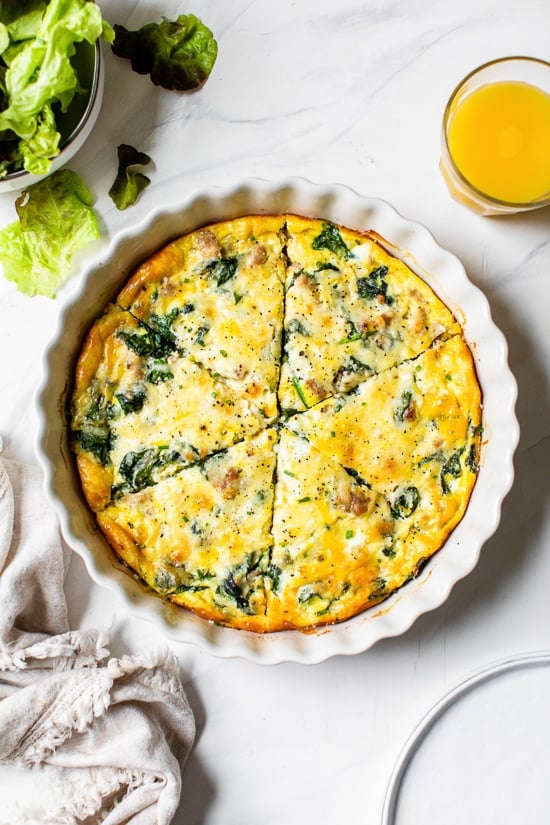


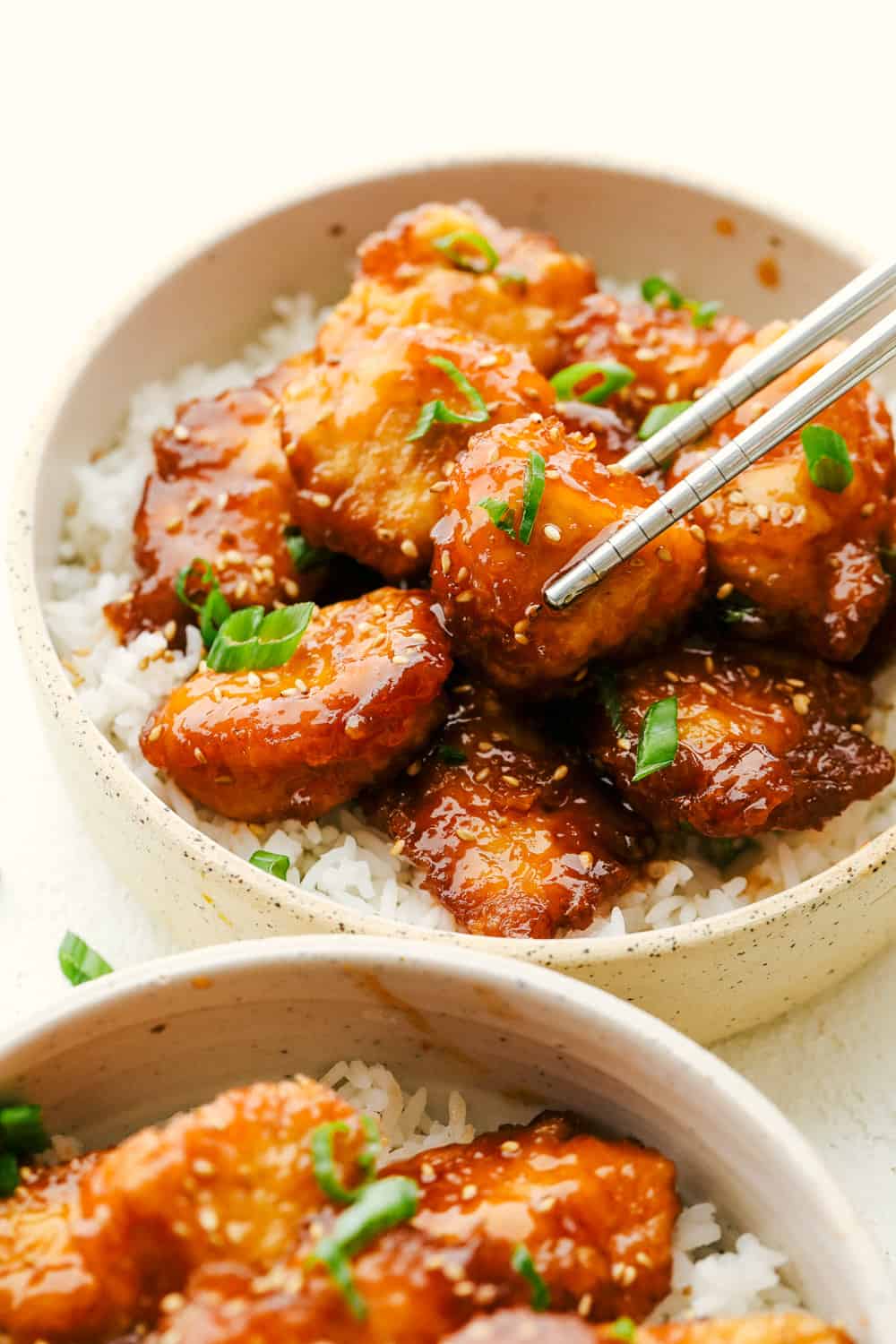
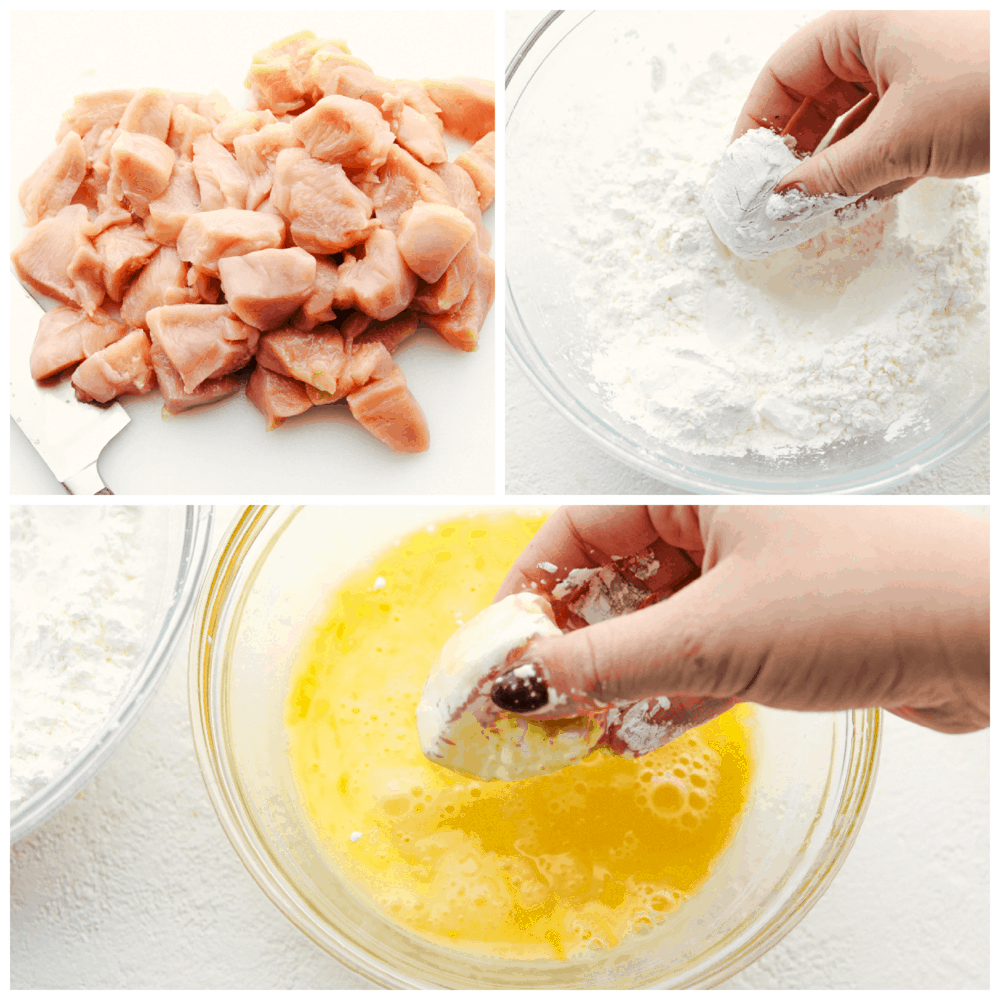

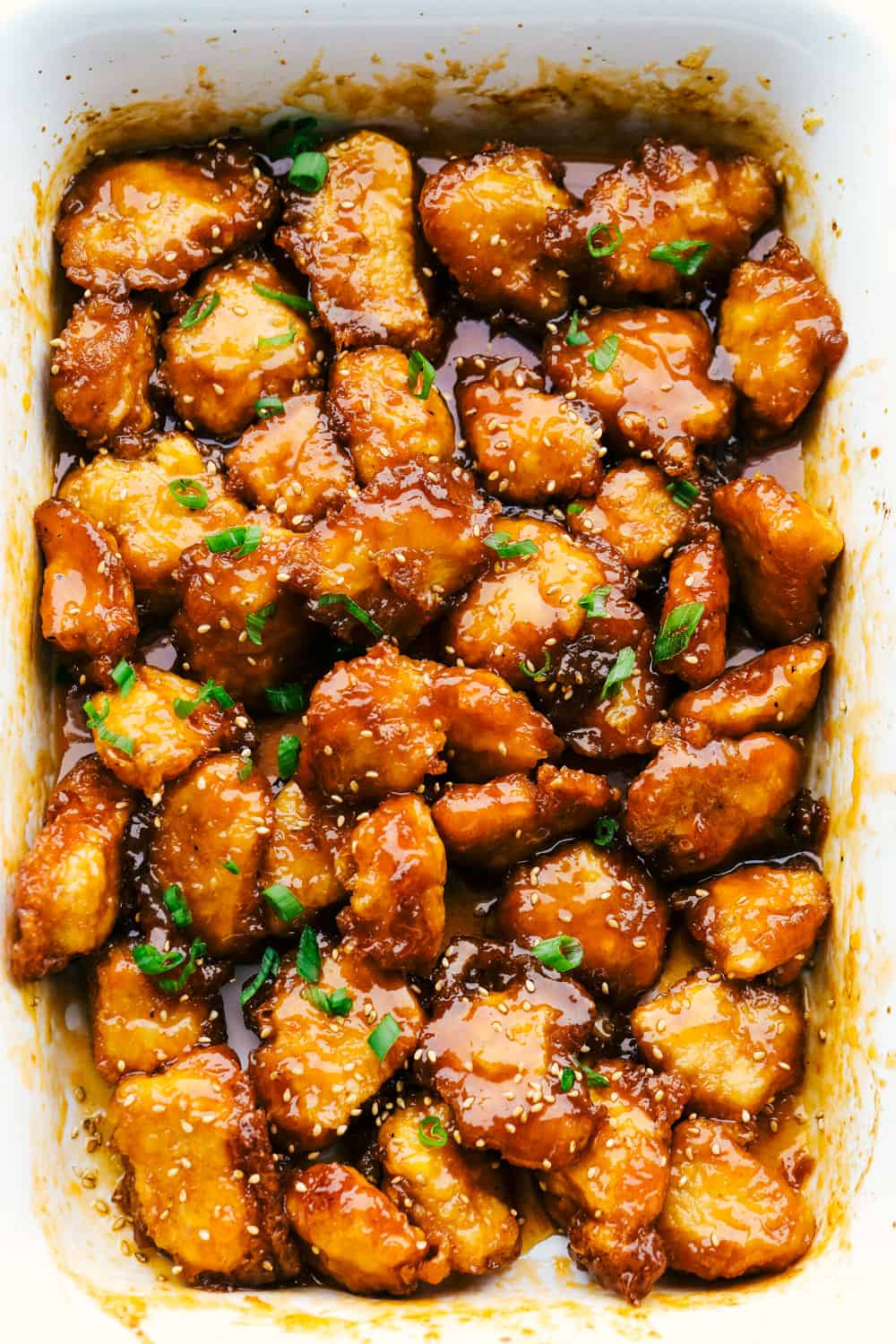
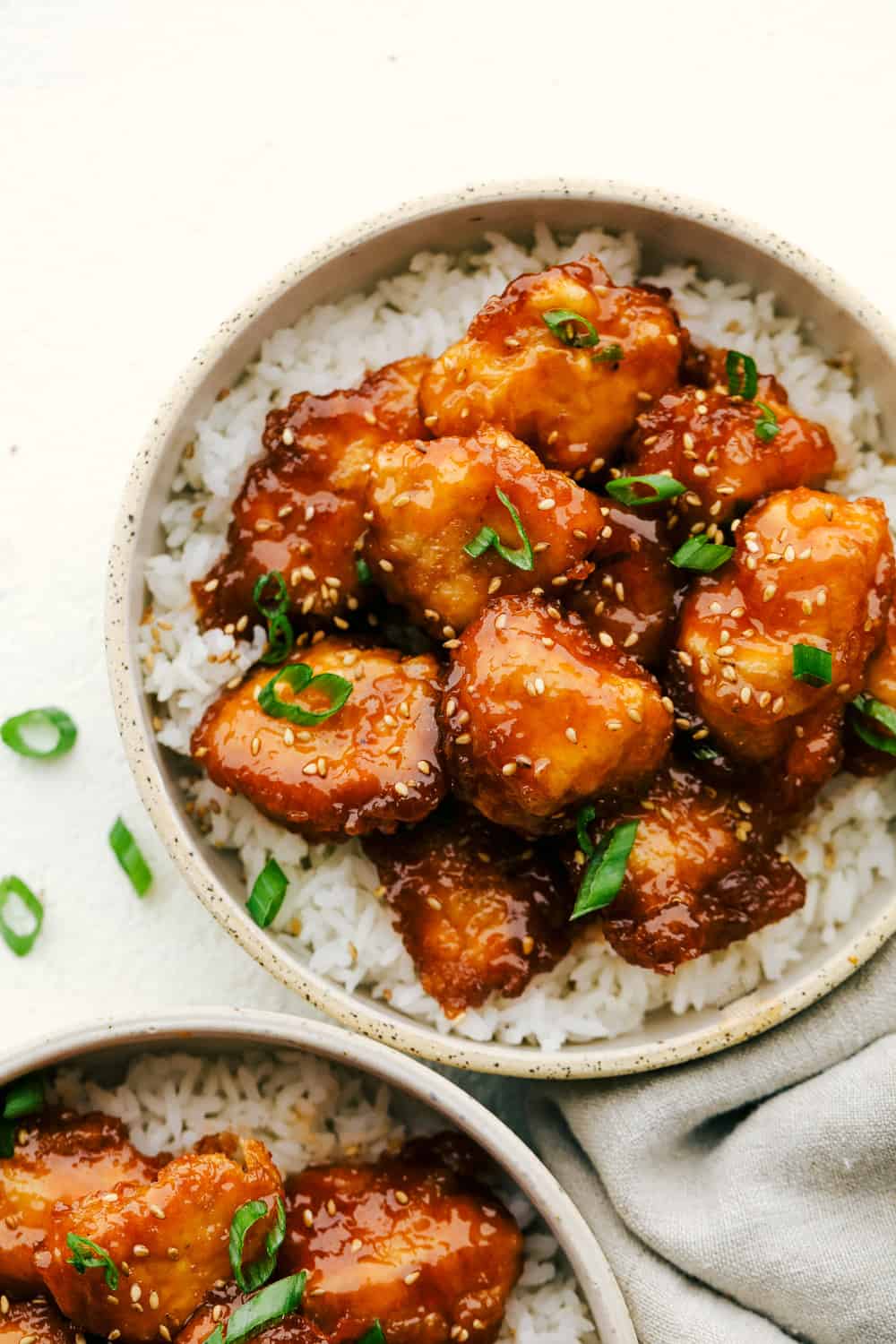

 Happy Halloween! Halloween has always been one of my favorite holidays—so much fun spooky, silly stuff, plus unlimited candy—but experiencing ...
Happy Halloween! Halloween has always been one of my favorite holidays—so much fun spooky, silly stuff, plus unlimited candy—but experiencing ...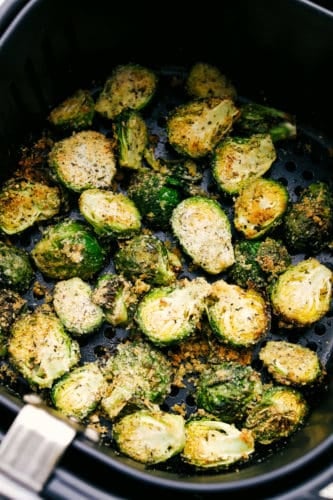
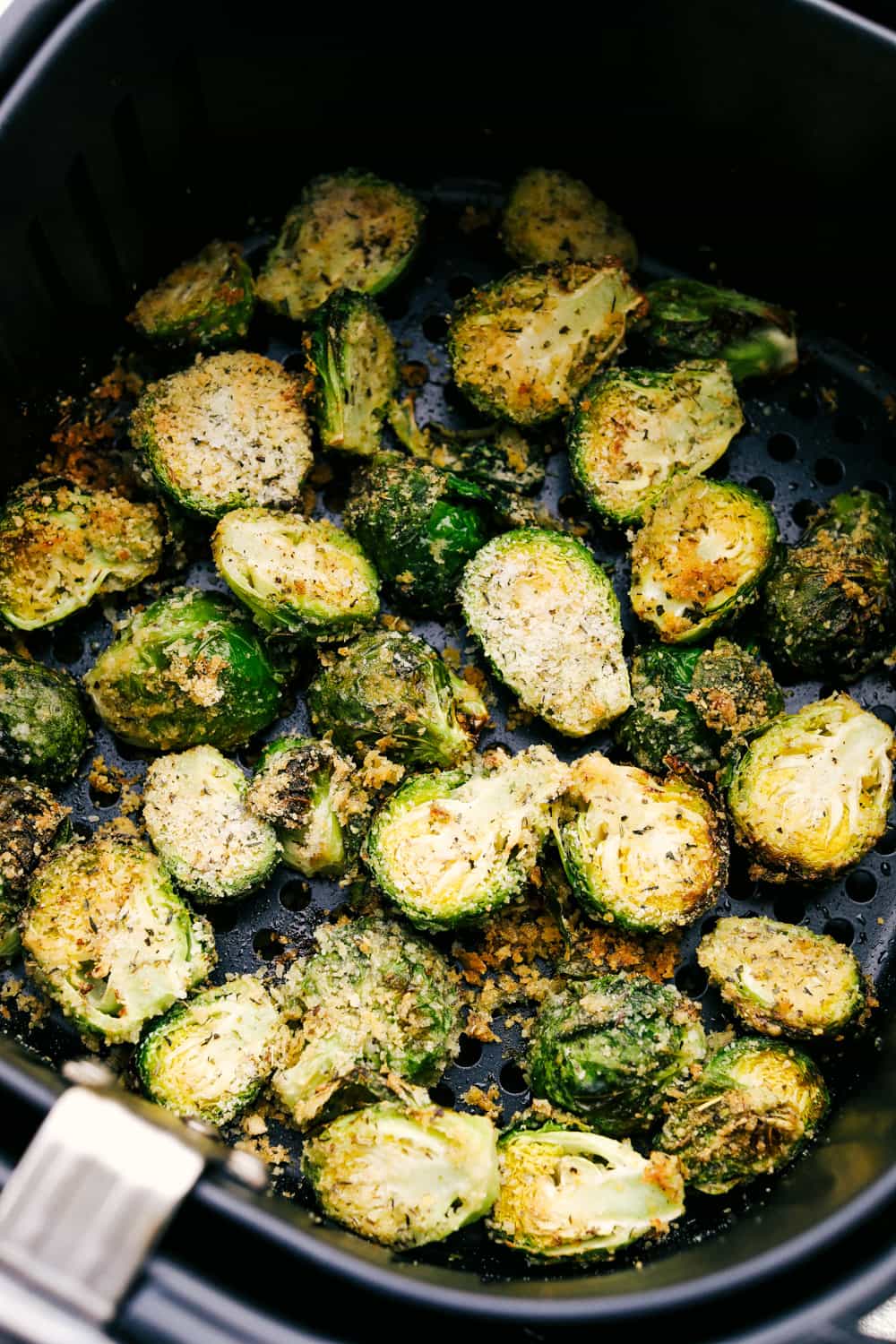
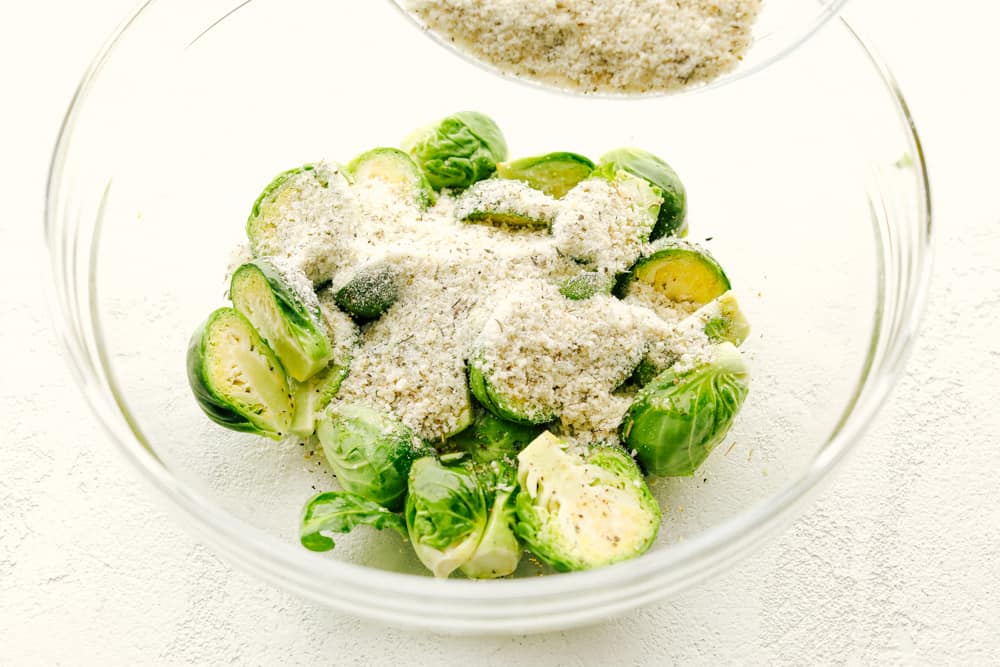
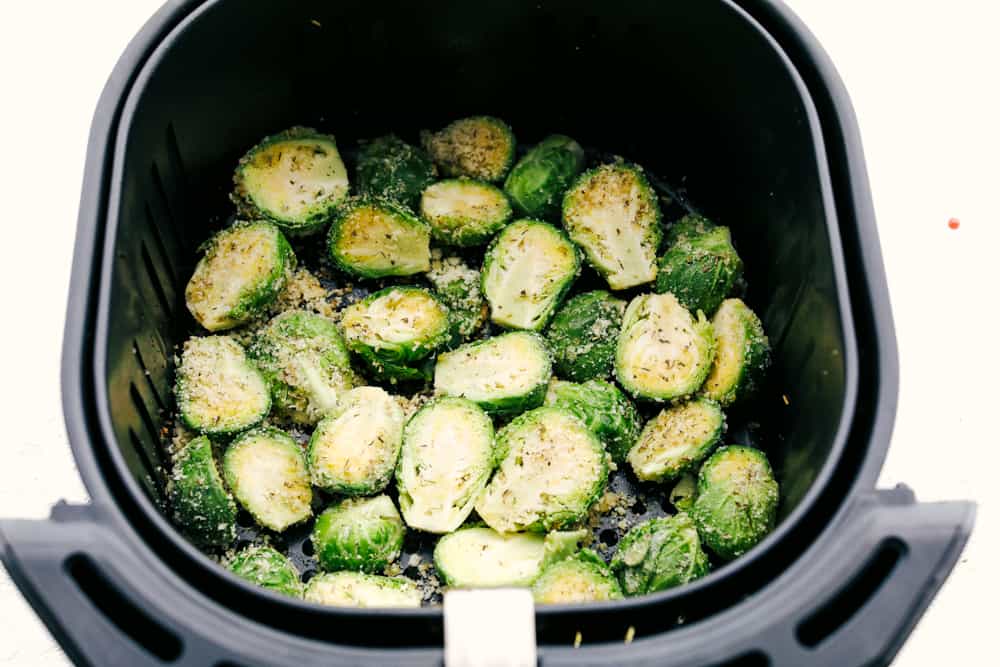
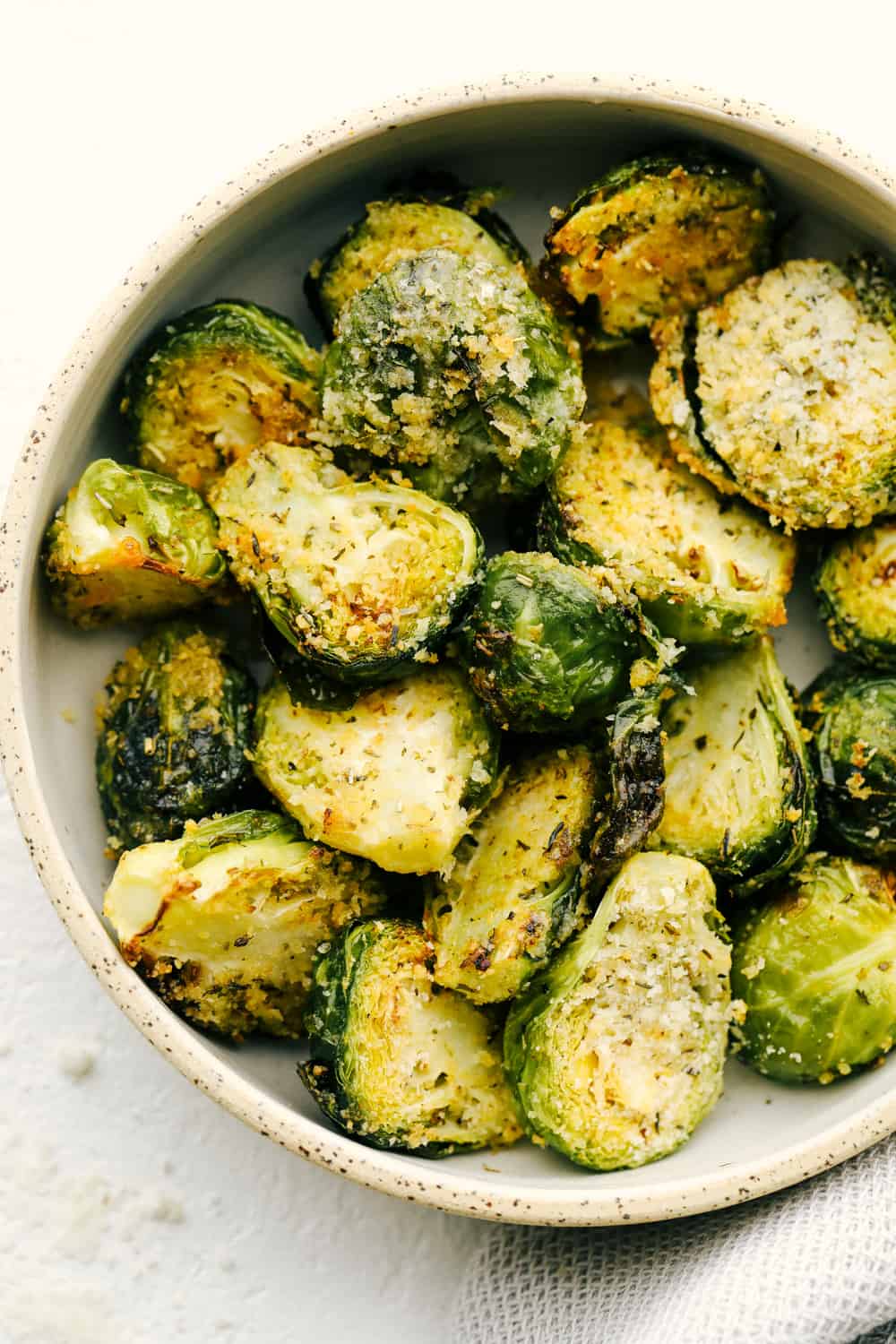
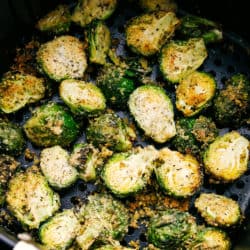
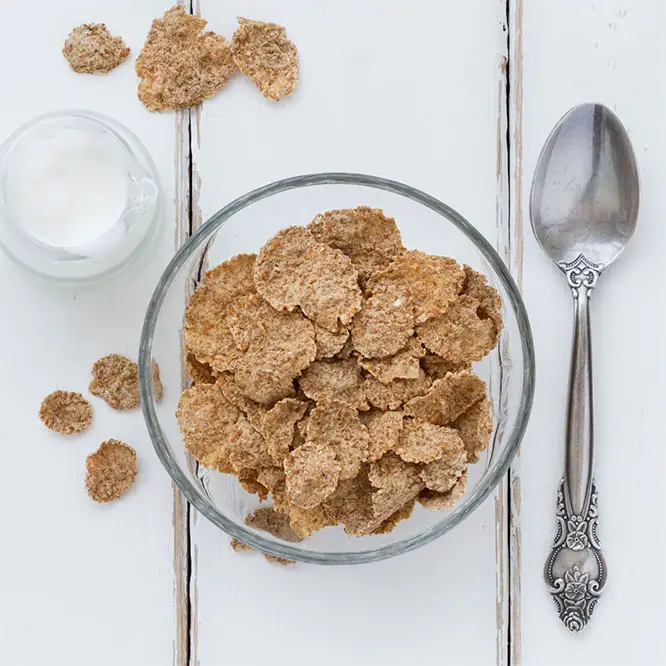 A healthy and nutritious breakfast should kick-start your metabolism and boost your energy levels for the coming day. Cereals such as bran flakes are a popular choice for a quick breakfast, but are they a healthy choice? We’ve taken a look at the nutritional content of several popular bran flakes brands to discover if they […]
A healthy and nutritious breakfast should kick-start your metabolism and boost your energy levels for the coming day. Cereals such as bran flakes are a popular choice for a quick breakfast, but are they a healthy choice? We’ve taken a look at the nutritional content of several popular bran flakes brands to discover if they […]